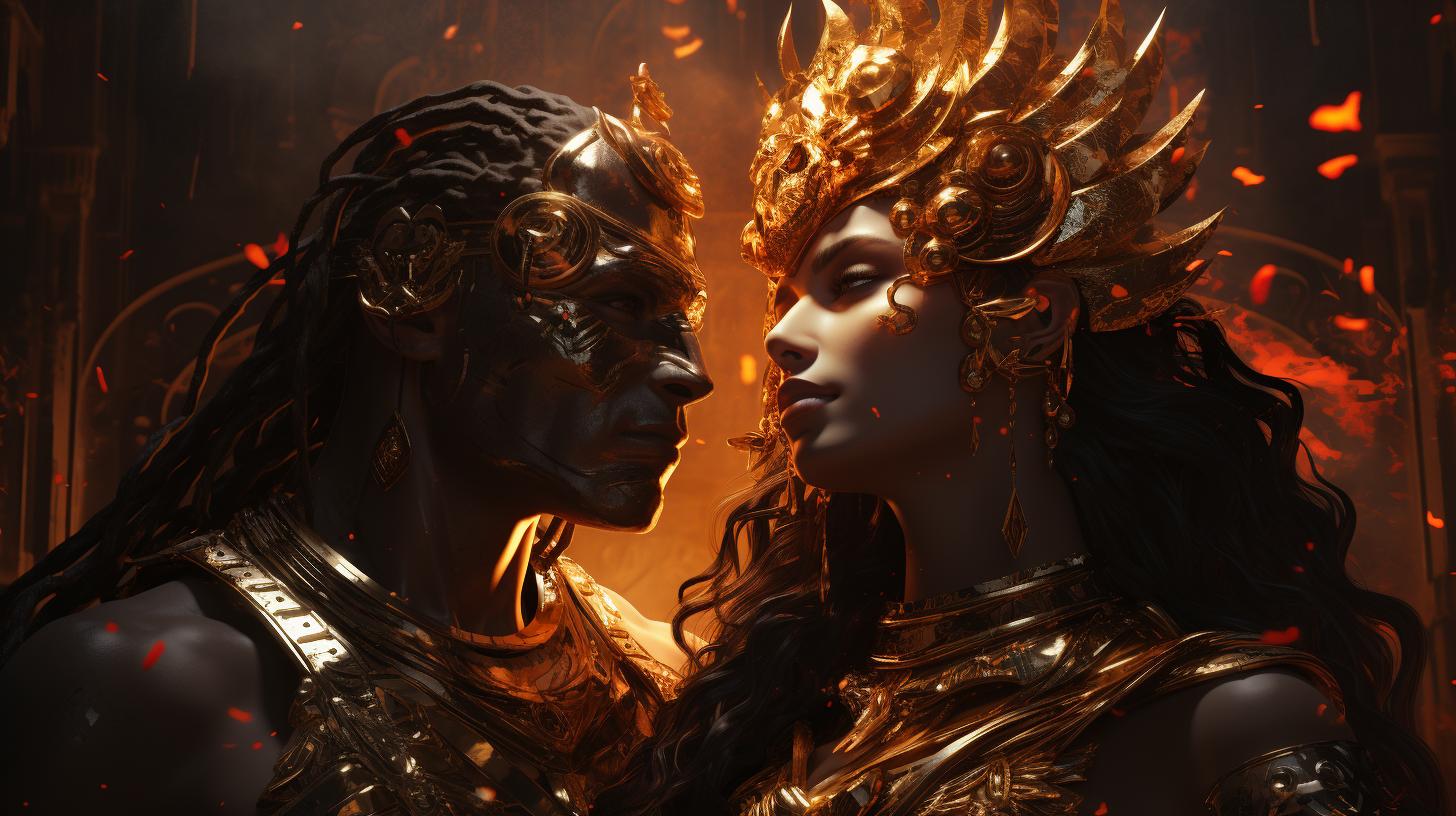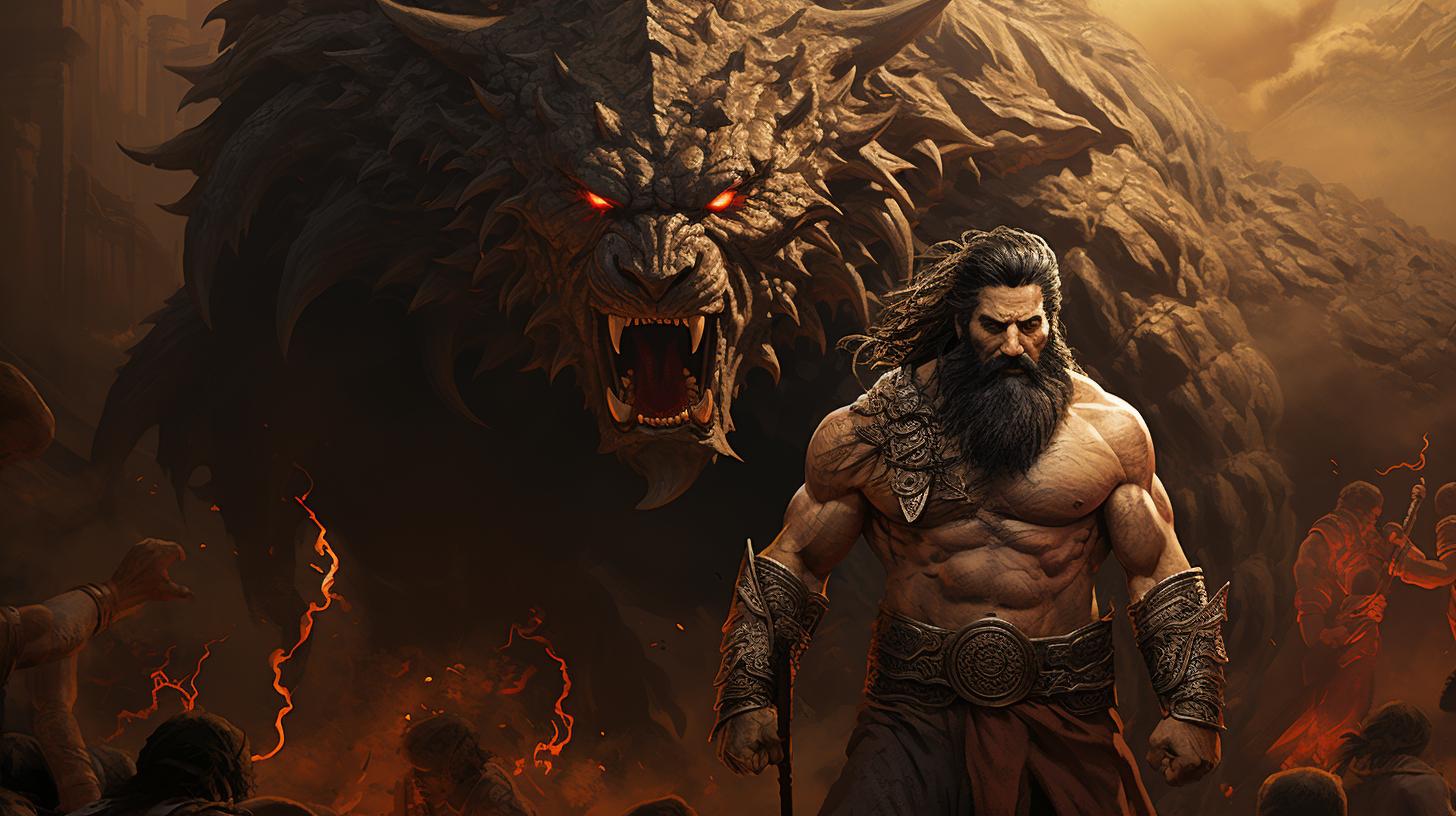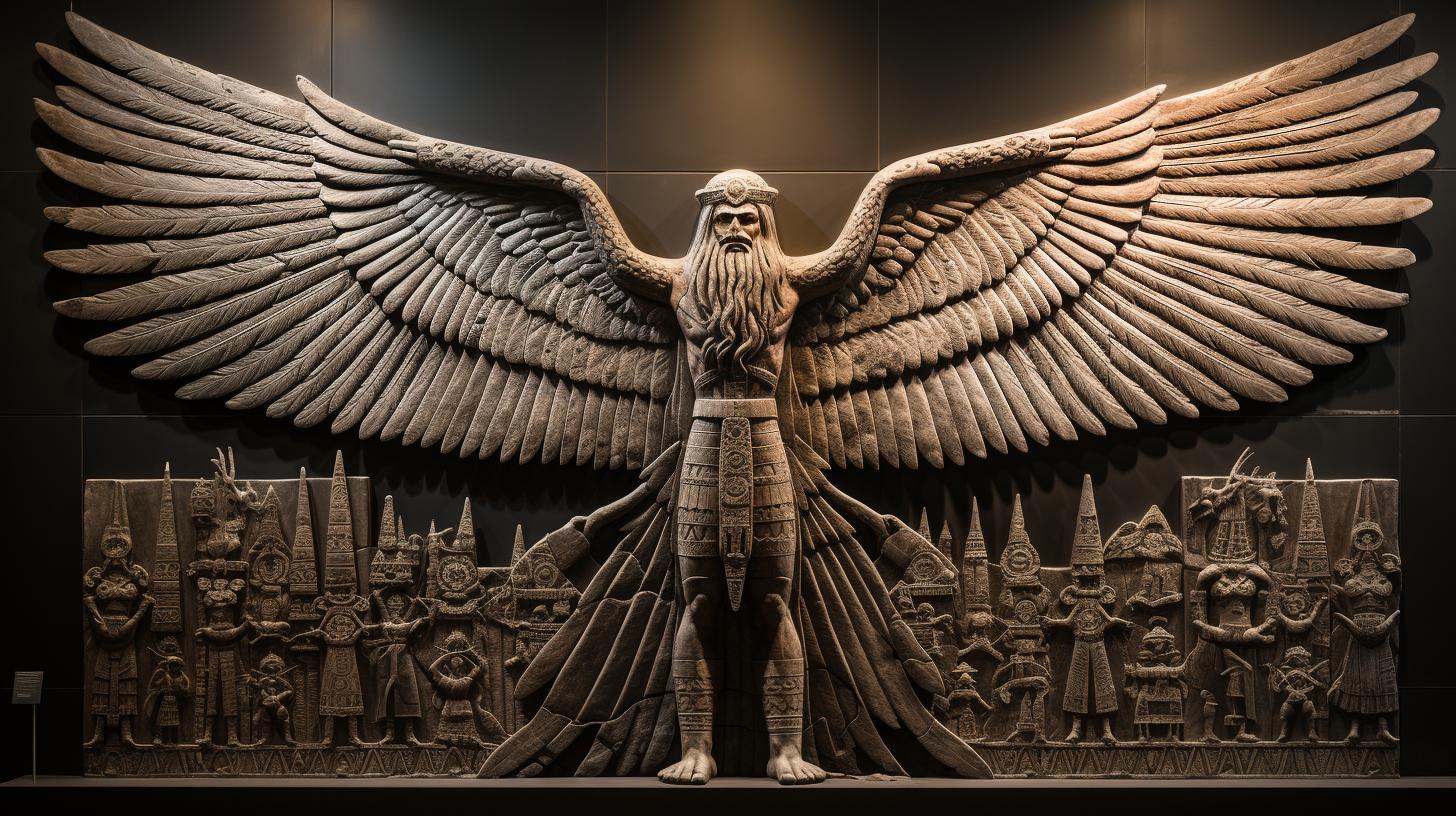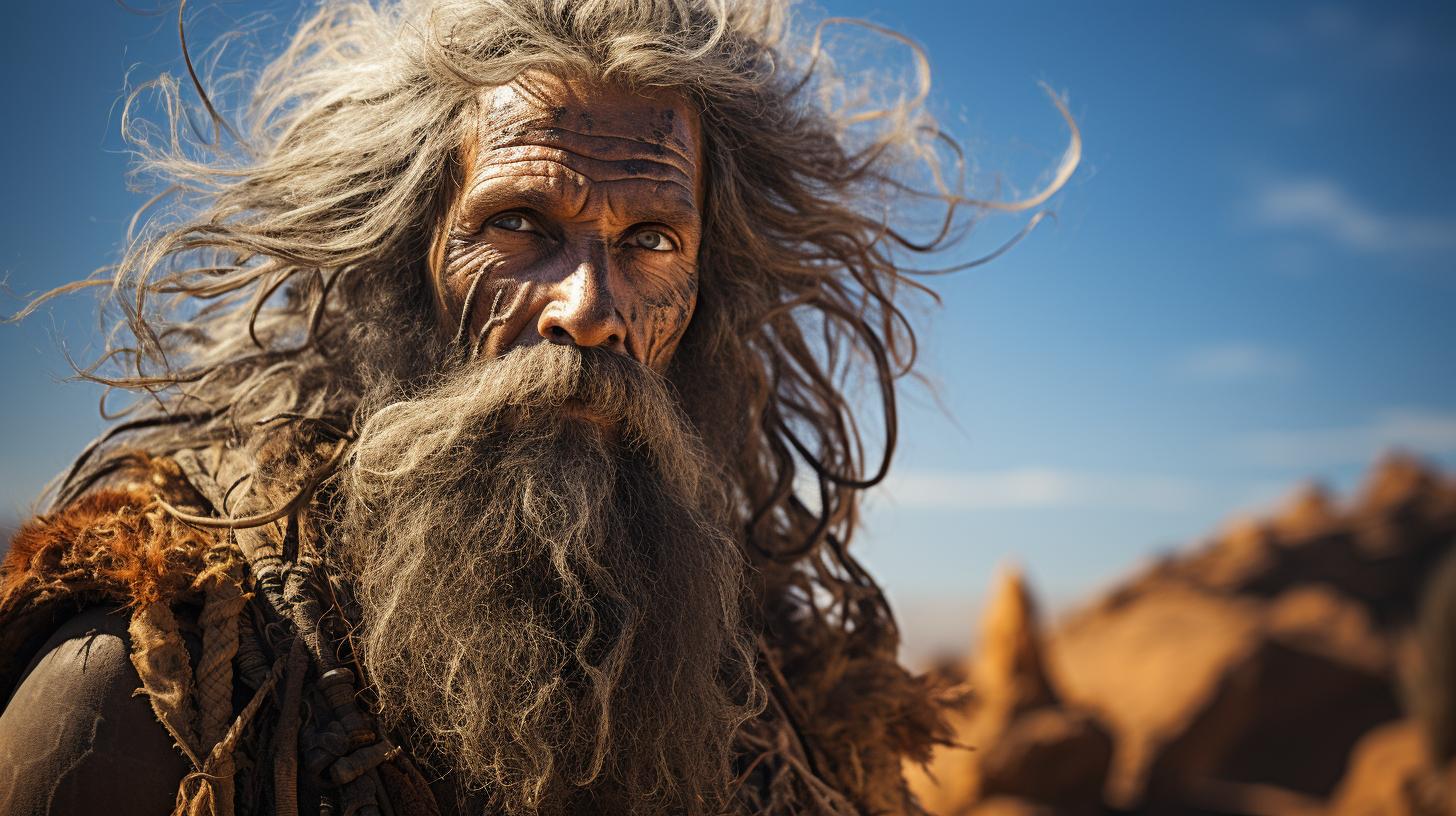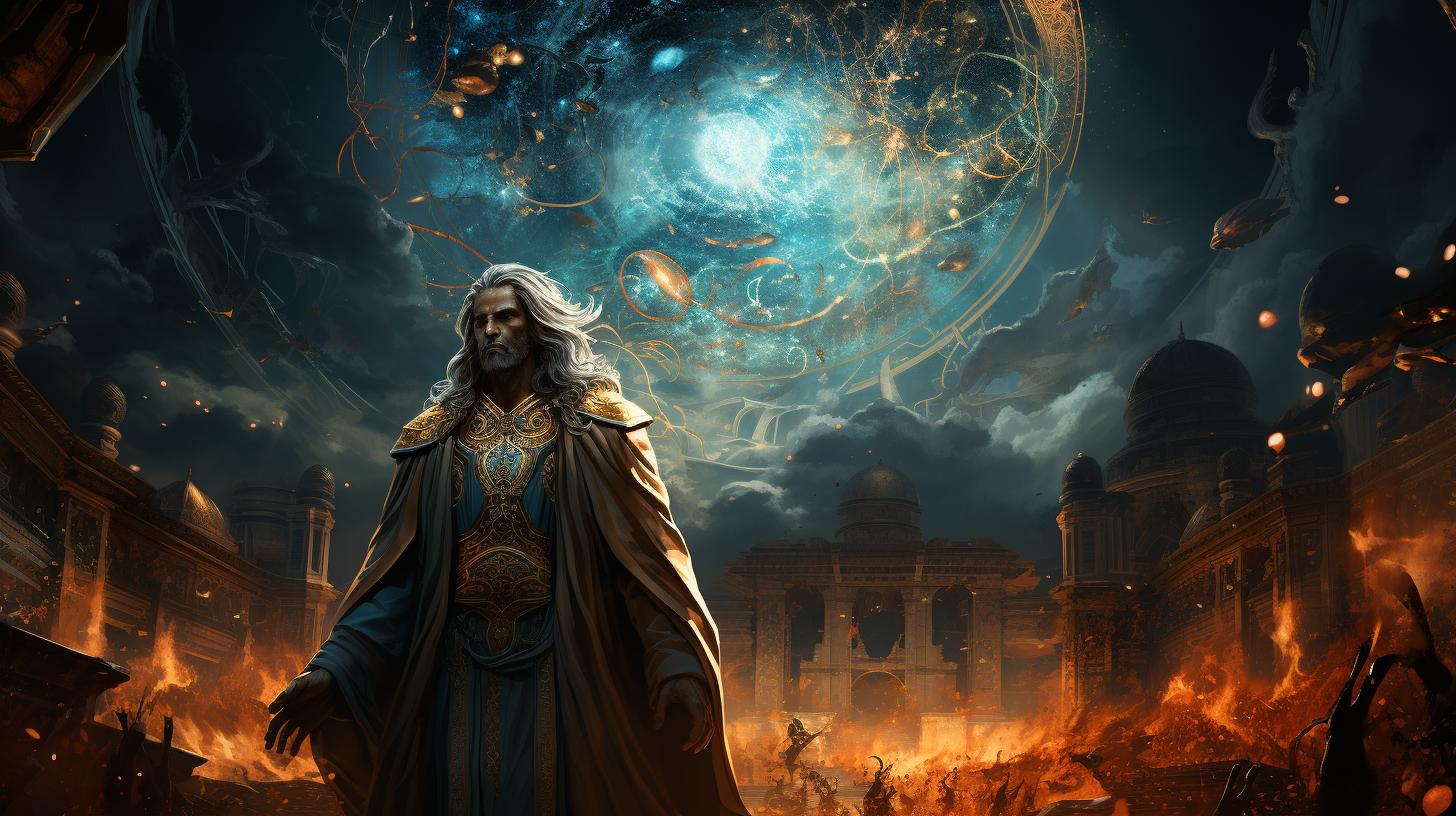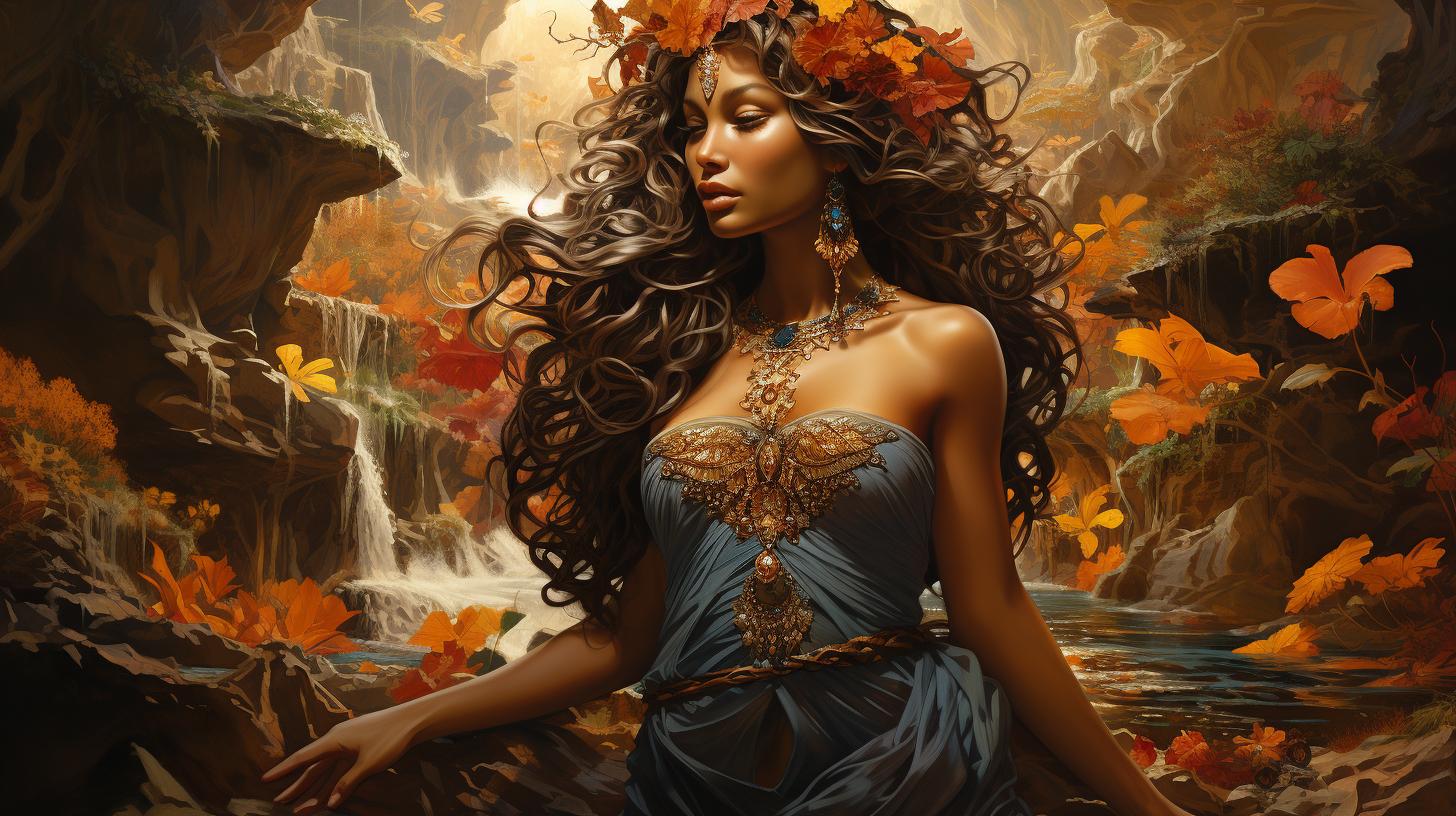Erra God: Unveiling the Mysteries of the Mesopotamian War Deity
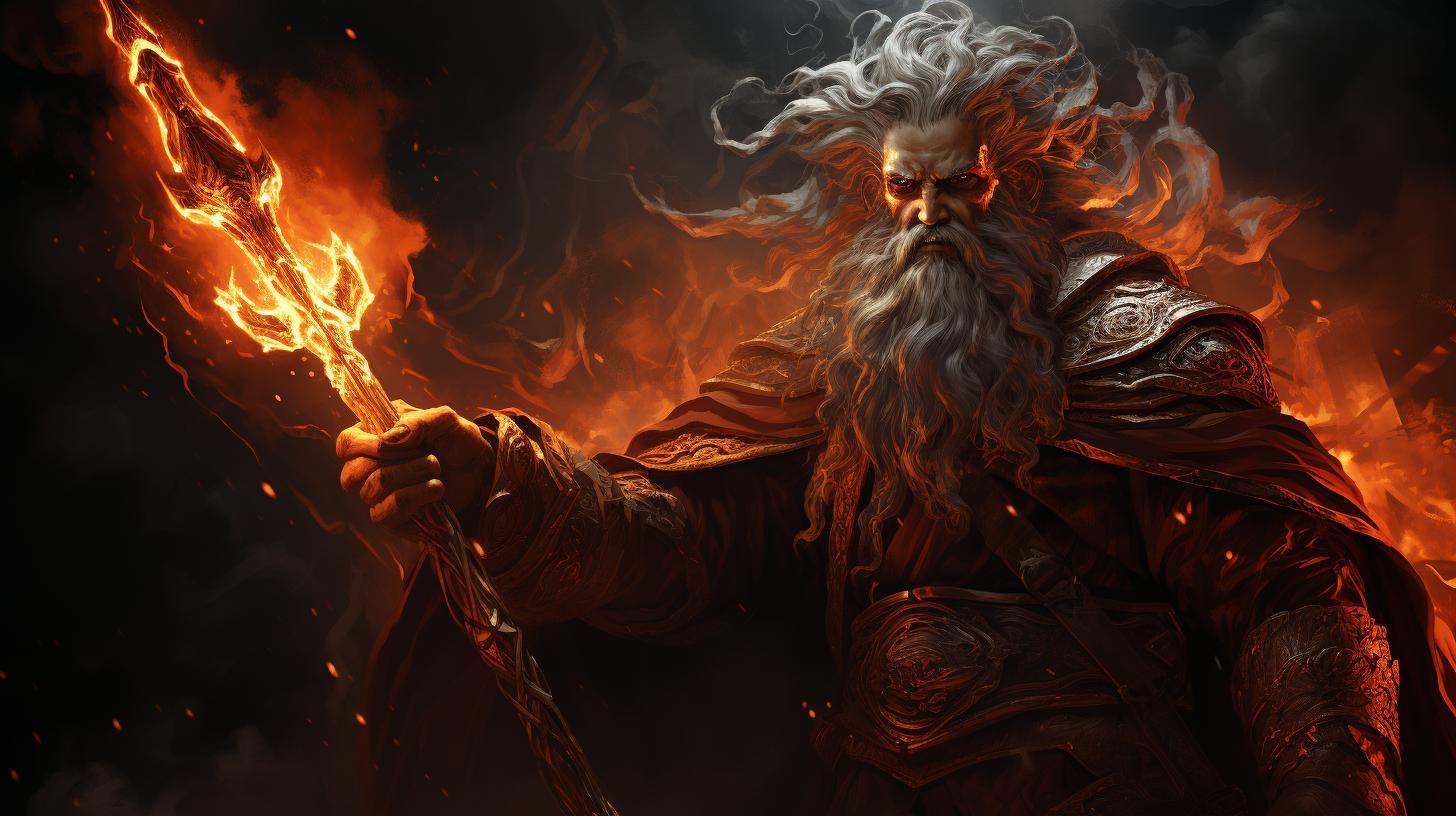
Erra god, a prominent figure in Mesopotamian mythology, is debated for his association with war, famine, and plague. He is recognized for his role in unleashing devastating plagues, often causing food shortages.
Erra is closely linked to the god of the underworld, Nergal, with discussions on whether they are separate deities or alternate names for one entity. Worshipped at the temple E-Meslam in Kutha, Erra holds a significant place in prayers and royal invocations, showcasing his destructive qualities.
While no visual representation of Erra has been identified, ancient texts shed light on his catastrophic nature.
Erra God in Mythological Texts
Erra, the deity associated with war, famine, and plague, is prominently featured in various mythological texts from ancient Mesopotamia. These texts provide insights into the destructive nature and worship of Erra, as well as the epic poem that showcases his devastating powers.
The Epic Poem of Erra and Išum: Unleashing Plague and Chaos
One of the notable mythological texts is the epic poem of Erra and Išum, which vividly depicts the unleashing of plague and chaos by Erra upon the city of Babylon. The poem exemplifies how violence and the disruption of order can lead to the destruction of civilization.
Through powerful imagery and storytelling, the poem showcases Erra’s role as a bringer of calamity and upheaval.
Textual References to Erra’s Plague in Uruk Presagios
Another source that sheds light on Erra’s role in disasters is the Uruk Presagios, a collection of texts containing unfavorable omens. These texts include references to the arrival of plagues caused by Erra, emphasizing the destructive impact he has on societies.
These references highlight the belief in Erra as a harbinger of disease and suffering.
Invocation and Worship of Erra: Insights from Oraciones Reales
The worship and invocation of Erra play significant roles in ancient Mesopotamian rituals. The Oraciones Reales, or royal prayers, mention Erra, invoking his destructive characteristics. These prayers offer insights into the religious practices surrounding Erra, demonstrating the reverence and fear associated with his presence.
The close association of Erra with war, famine, and pestilence is emphasized through these invocations.
Erra’s Association with Destruction and the Underworld
Erra, the Mesopotamian deity, is closely linked to destruction and the underworld. Throughout mythological texts, Erra’s connection with violence and the disruption of civilization is evident. It is in the epic poem of Erra and Išum where his wrath is unleashed, triggering chaos and the devastation of Babylon.
This narrative serves as a reminder of how violence can lead to the collapse of societal order and the potential destruction of civilization.
Another aspect that contributes to Erra’s association with the underworld is his close relationship with Nergal, the god of the underworld.
Scholars debate whether Erra and Nergal are distinct deities or simply different names for the same god. Nevertheless, their intertwined significance suggests a shared domain of power and influence over destruction, death, and the afterlife.
Channeled through the E-Meslam temple in Kutha, Erra’s worship and invocation highlight his destructive nature. Despite the absence of visual representations of Erra, the oraciones reales provide rich insights into the rituals and prayers offered to appease or harness his destructive forces.
Worshipers sought to understand and navigate the precarious balance between life, death, and the chaos arising from Erra’s wrath.
Overall, Erra’s association with destruction and the underworld showcases his role in the upheaval of civilization and the consequences of violence.
Through his connection with Nergal and the rituals performed at the E-Meslam temple, the Mesopotamian people acknowledged the destructive power and sought to appease the deity associated with such catastrophic forces.
Erra’s Connection with Violence and Civilization Disruption
Erra’s prominence in mythological texts stems from his connection with violence, symbolizing the potential disruption of civilization. The epic poem of Erra and Išum vividly portrays this aspect, illustrating the consequences of violence unleashed upon Babylon.
The narrative serves as a cautionary tale, emphasizing the destructive nature of human conflict and its ability to unravel societal order.
Exploring the Association with Nergal: God of the Underworld
Erra’s relationship with Nergal, the god of the underworld, further enhances his association with destruction and the afterlife.
While the distinction between Erra and Nergal remains debatable, their shared characteristics suggest a complementary role in orchestrating the forces of destruction, death, and the realm beyond. This association deepens the symbolic significance of Erra as a deity capable of unleashing devastating consequences.
The Worshipping Center: E-Meslam in Kutha
The E-Meslam temple in Kutha served as the focal point for the worship and invocation of Erra. Within its sacred walls, rituals and prayers were performed to appease or harness the destructive powers embodied by the deity.
These rituals aimed to understand and navigate the delicate interplay between life, death, and the chaos wrought by Erra’s wrath. The significance of this temple highlights the central role Erra played in the Mesopotamian religious landscape.
Absence of Visual Representations of Erra
In the realm of Mesopotamian art, the lack of visual depictions of Erra raises intriguing questions regarding the representation of this powerful deity. Despite extensive archaeological research and excavations, no identified images specifically portraying Erra have been discovered.
Unidentified Images Related to Erra
Although no confirmed visual representations of Erra have been uncovered, there are intriguing artifacts and artworks that may have connections to this enigmatic deity. These unidentified images exhibit symbols and motifs that bear resemblance to the destructive aspects associated with Erra, such as warfare, chaos, and disease.
- Artifacts featuring war scenes, battles, and destruction may indirectly relate to the domains of Erra.
- Depictions of chaos, turmoil, and the consequences of violence might be associated with Erra’s disruptive influence.
- Images showcasing illness, epidemics, or famine could possibly hint at Erra’s role in spreading plague and suffering.
While these images cannot be definitively attributed to Erra, their thematic alignment suggests a potential connection with the god of war and pestilence.
The Role of Erra in Ancient Mesopotamian Art
A deeper exploration of ancient Mesopotamian art reveals the portrayal of other deities and celestial beings who may indirectly represent or symbolize Erra’s attributes. For instance, Nergal, a god closely associated with Erra, can be found in various artistic contexts.
The art of the era often focuses on depicting gods and goddesses with distinct iconography, such as winged beings, celestial motifs, and divine regalia. These representations capture the essence of powerful deities, including potentially Erra, through symbolic imagery.
- Winged figures symbolizing divine authority and celestial origin might indirectly allude to Erra’s connection with the heavens.
- Images showcasing deities associated with the underworld, like Nergal, could offer insights into Erra’s ambiguous relationship with the realm of the dead.
It is important to note that determining the direct presence of Erra in ancient Mesopotamian art requires careful analysis, as the lack of explicit depictions complicates the identification process.
However, the symbolic representations and associated deities provide valuable hints and potential avenues for further exploration into Erra’s visual representation.
.












